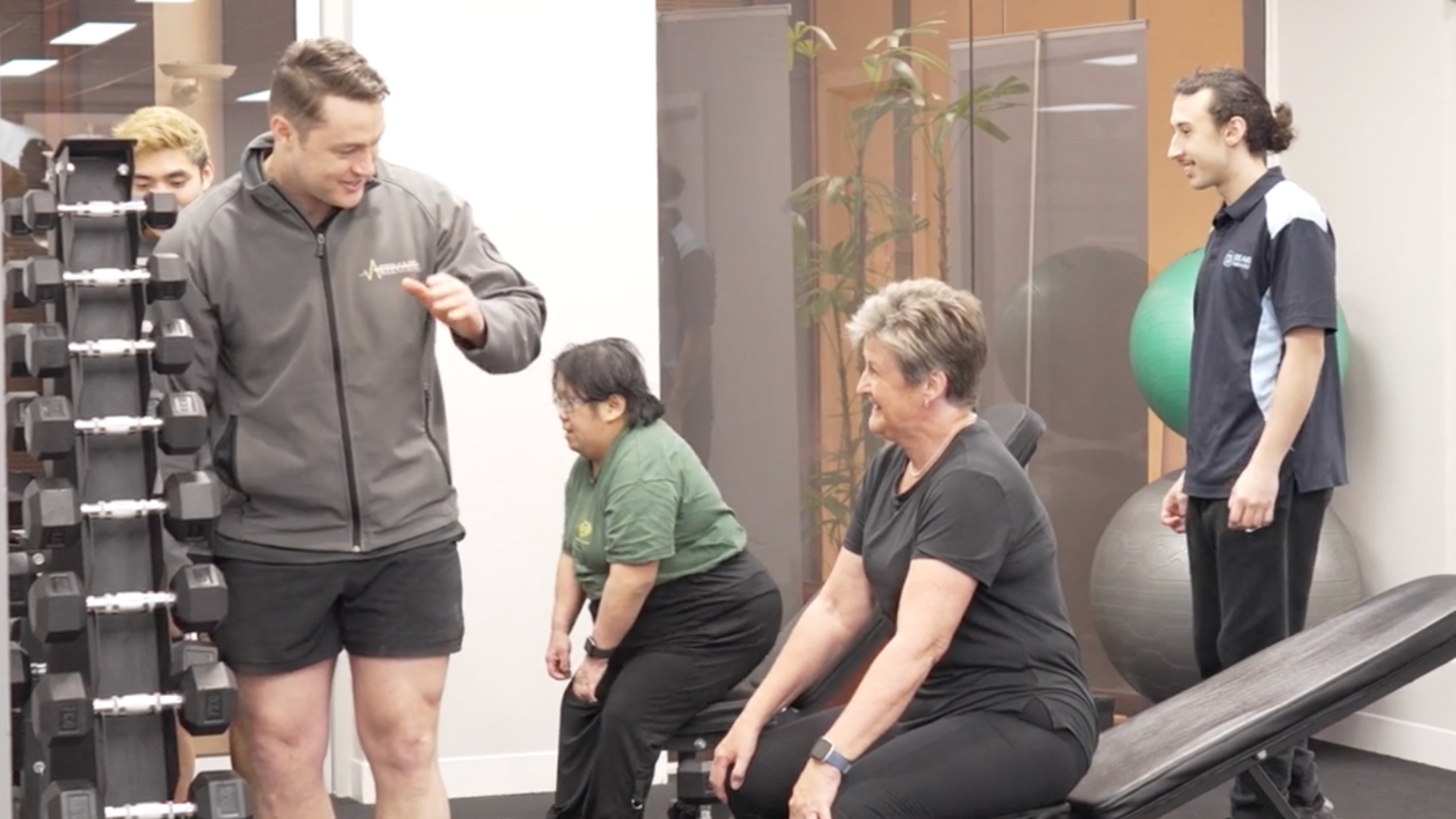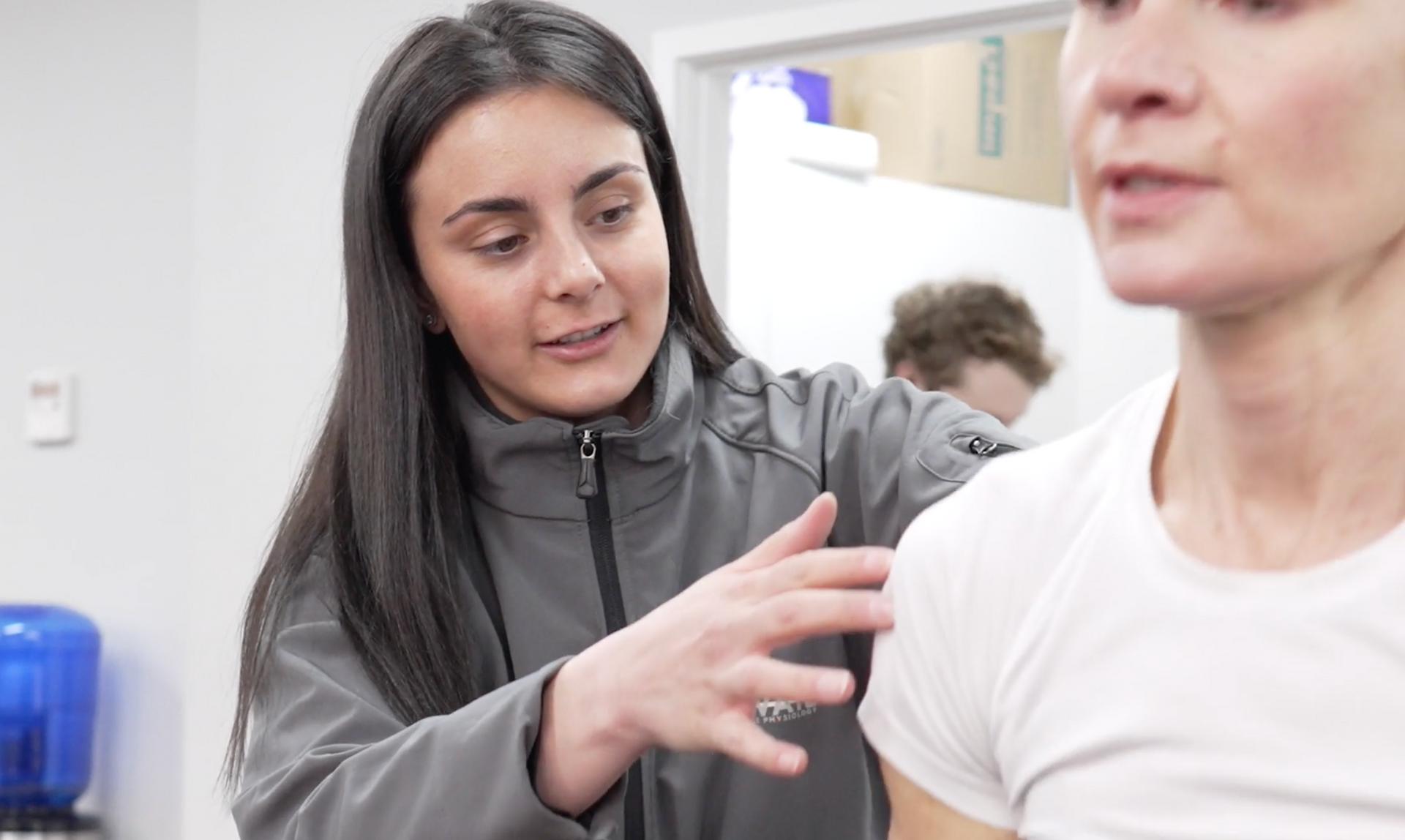Exercise Physiology: 1/131 Bulleen Road, North Balwyn 3104
Occupational Therapy & Speech Pathology: 1/147 Bulleen Rd North Balwyn
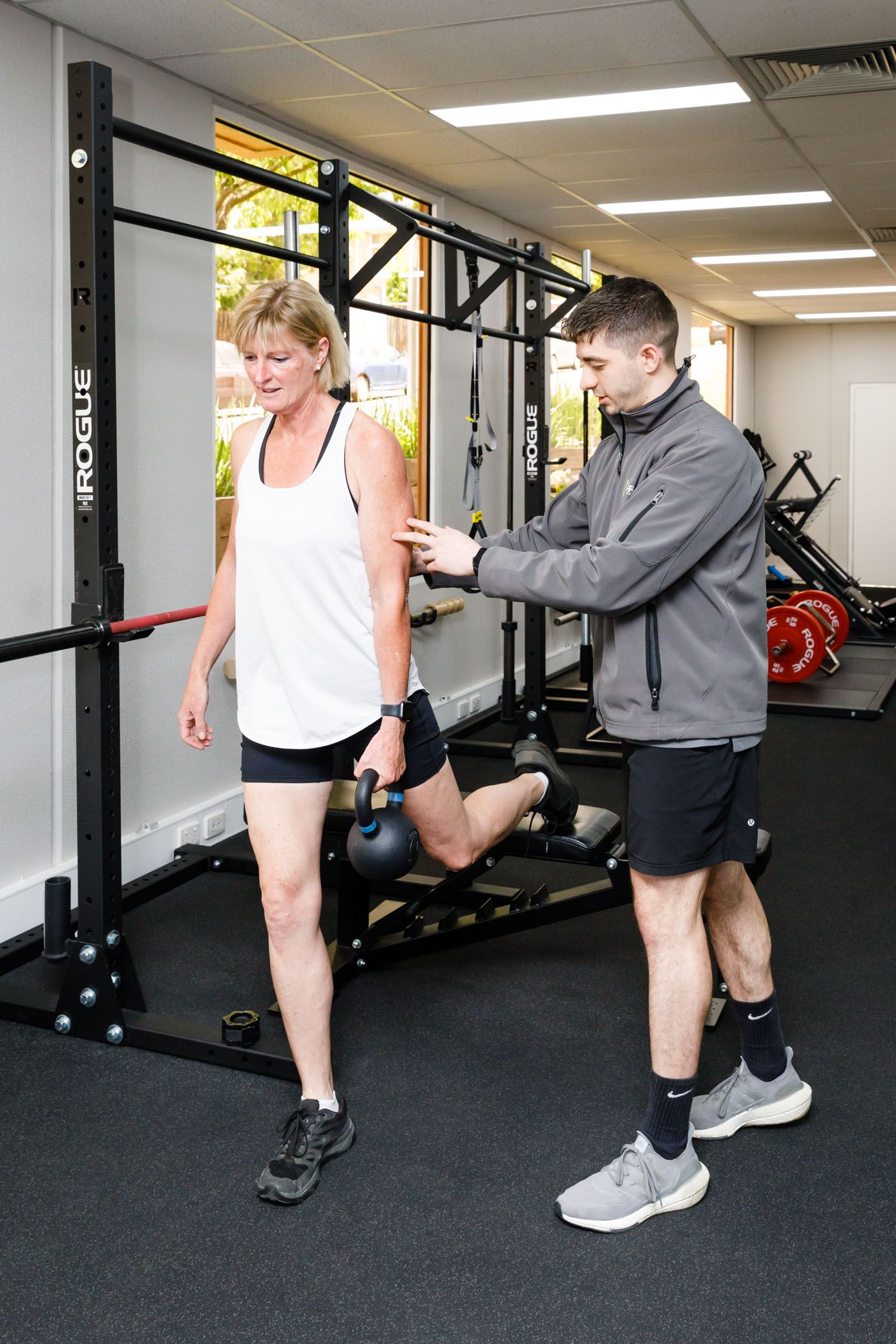
Rethinking Pain in Exercise: A Journey Beyond Discomfort
Rethinking Pain in Exercise: A Journey Beyond Discomfort
As an accredited exercise scientist and exercise physiologist, I've journeyed through the intricate landscape of pain and exercise. My observations have led me to a provocative yet crucial discussion point: the often exaggerated response to pain in exercise settings. This blog aims to delve into this notion, inviting reflection and professional discourse.
A Personal Observation: The Startling Revelation
Let me start with a compelling example from my practice. A client, let's call them Alex, experienced chronic knee pain. They perceived this pain as a strict limitation, creating a mental blockade against certain exercises. However, upon careful assessment and gradual exposure to specific movements, Alex's pain diminished significantly. This transformation wasn't just physical – it was deeply psychological.
It begs the question: how often is our perception of pain more a barrier than the pain itself?
Decoding Pain in Exercise: More Than Just a Signal
Pain in exercise is often a complex interplay between physical sensation and psychological response. It's not merely a signal from our bodies, but also a reflection of our mental state. Studies suggest that the perception of pain can be influenced by factors like emotional state, past experiences, and even cultural background. Recognizing the subjective nature of pain can help us approach it more constructively. For clients, this means learning to differentiate between harmful pain and discomfort that signals growth. For practitioners, it involves guiding clients through this understanding and helping them build resilience.
Psychological Barriers: Fear, Mental Blocks, and Guarding
The guarding response, while protective, can sometimes exacerbate issues by creating a cycle of fear and avoidance. This psychological barrier not only hampers physical recovery but can also lead to a decreased quality of life. The fear-avoidance model shows that fear of pain can lead to avoidance behaviors, ultimately resulting in more pain and disability. To break this cycle, both clients and practitioners should focus on graded exposure to feared activities, cognitive restructuring to address unhelpful beliefs about pain, and relaxation techniques to reduce overall stress and tension.
Navigating Discomfort: When to Push, When to Pause
The decision to push through pain or to pause and rest is nuanced and should be made carefully. Understanding the difference between the pain of injury and the discomfort of muscular effort is crucial. While the former may require rest and medical attention, the latter is often a natural part of exercise adaptation and growth. Education on this distinction is key. Encouraging clients to listen to their bodies and seek professional guidance when unsure can prevent unnecessary setbacks and foster healthy progress.
From Observation to Action: Three Practical Strategies
Implementing practical, actionable strategies can empower individuals to better manage their response to pain in exercise. These strategies, including gradual exposure, mindfulness, and professional guidance, are grounded in research and practice. They provide a roadmap for individuals to navigate their pain and fears more effectively. Implementing these strategies requires commitment and consistency.
Gradual Exposure: Start with low-impact exercises and gradually increase intensity. This approach helps in understanding and differentiating pain from discomfort.
Mindfulness Techniques:: Practicing mindfulness can aid in distinguishing between fear-induced pain perception and actual physical pain.
Professional Guidance: Consulting with exercise professionals can provide personalized strategies to navigate and manage pain effectively.
Concluding Thoughts: Beyond Pain, Towards Understanding
This discussion is not just about pain in the physical sense. It’s about understanding the interplay between our physical sensations and psychological responses. It's about challenging our assumptions and biases about pain and exercise.
In advocating for a nuanced view of pain in exercise, my goal is not to oversimplify or disregard the complexity of pain. It's to encourage a deeper, more comprehensive understanding and approach to exercise, pain management, and overall well-being.
What does this mean for you? A reflection
I urge you, the reader, to reflect on your experiences. How has your perception of pain influenced your approach to exercise? Share your experiences below.
*Disclaimer: This blog post is intended for discussion and reflection, not as medical advice. Always consult with healthcare professionals for personalized guidance, especially in the presence of pain or injury.*
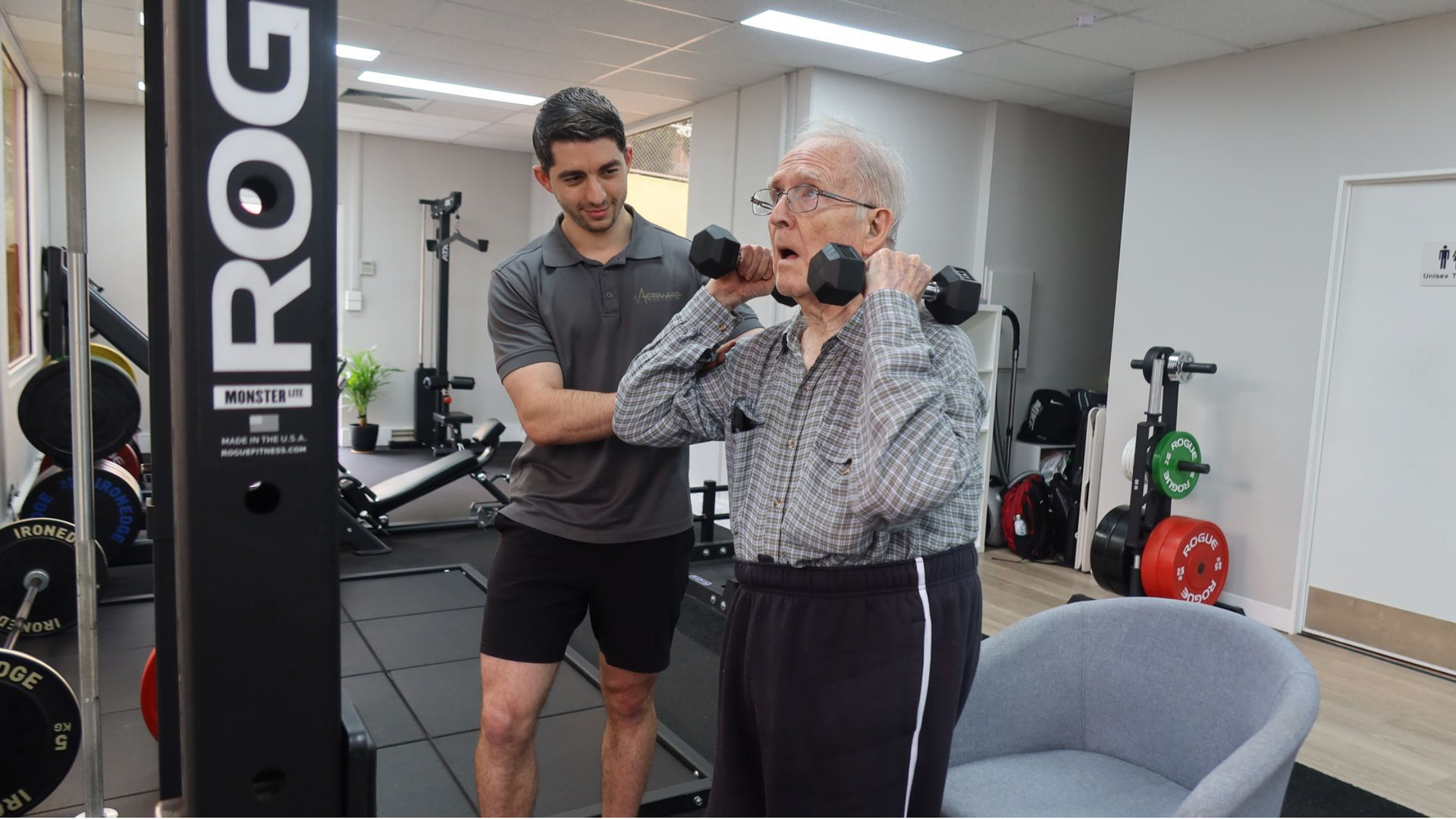
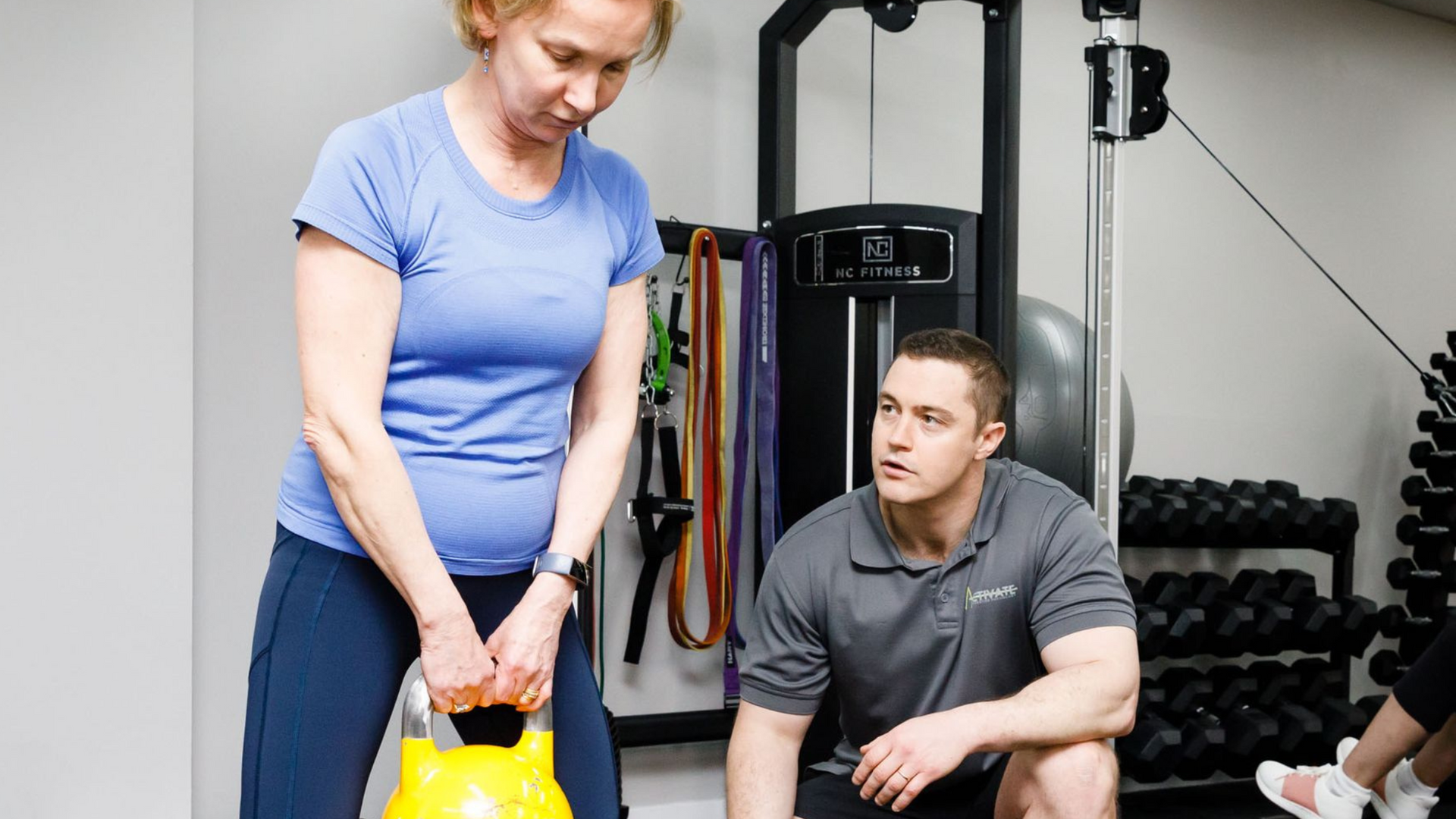

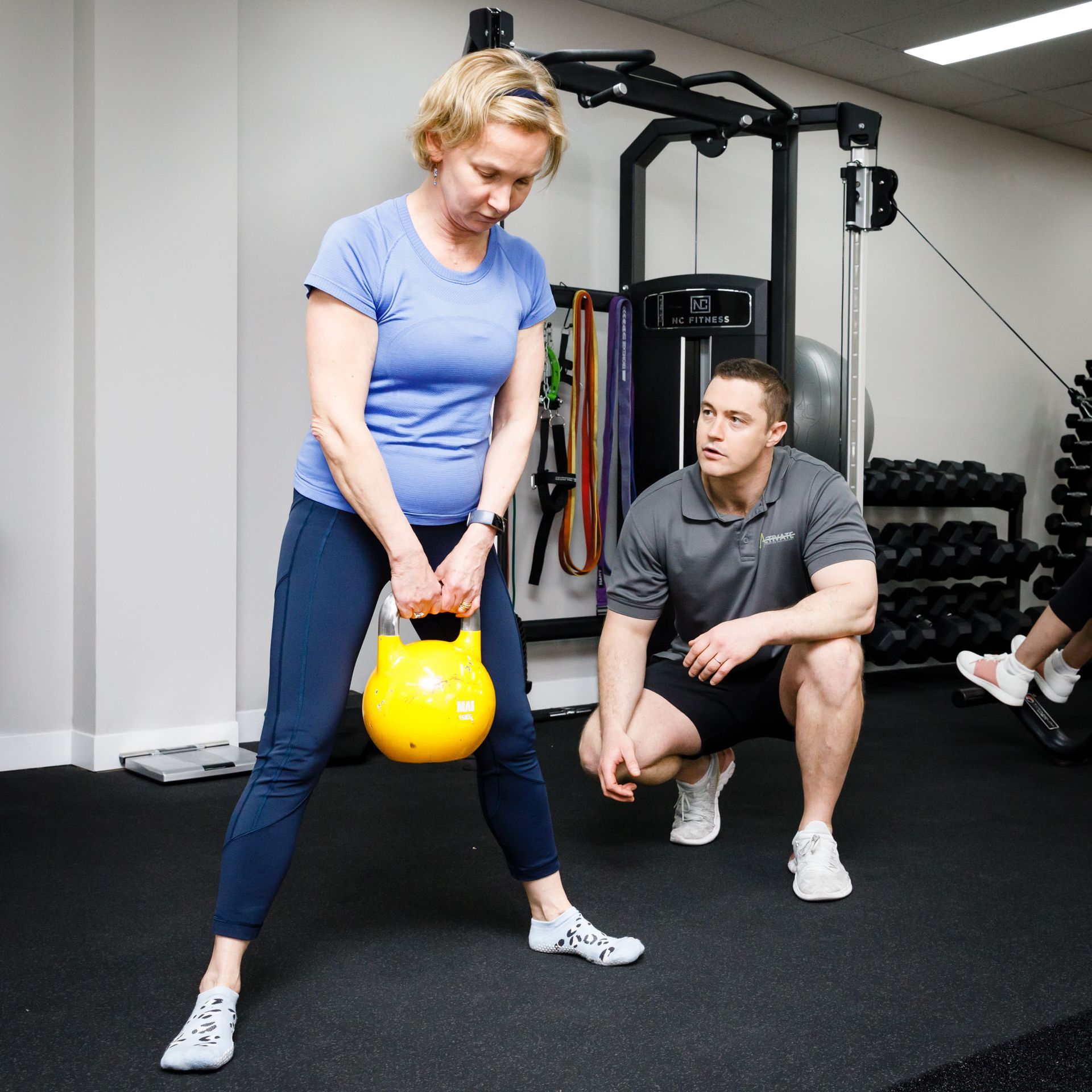
ACKNOWLEDGEMENT

We acknowledge Australian Aboriginal People and Torres Strait Islander People as the first inhabitants of the nation, and acknowledge Traditional Owners of the lands where our staff and students live, learn and work.
Contact & Hours
WELCOMING ALL COMMUNITIES
At Activate Allied Health, we're committed to creating an environment where everyone feels welcome and valued. Our dedication extends across every community, including LGBTQIA+ individuals and people from all minority groups. We believe in health equity and strive to provide compassionate and tailored care to all Australians.
Activate Exercise Physiology ©2024 | ABN 50 360 153 131 | Privacy Policy | Website by Roadmap Digital |




